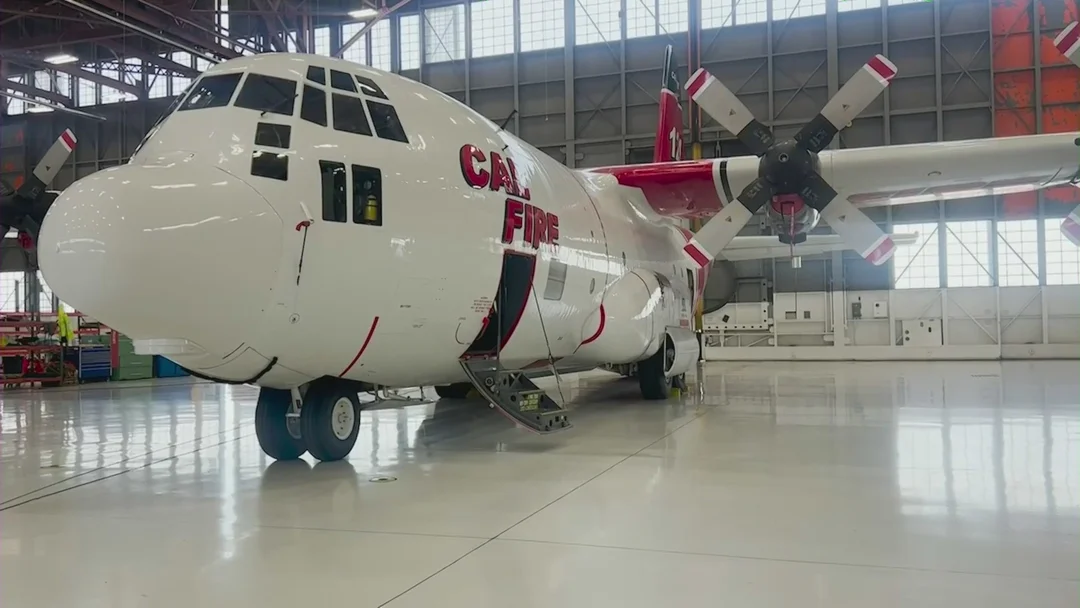
Can California’s Sky Warriors Tame the Flames of the Future?
In a bold move to combat escalating wildfire threats, California has rolled out what it claims is the world's largest civilian aerial firefighting fleet. This development comes amid growing concerns over climate-driven disasters, highlighting the state's proactive stance in safeguarding communities and natural resources from increasingly severe blazes.
Governor Gavin Newsom has been at the forefront of this initiative, emphasizing investments in cutting-edge technology and resources. At a recent press conference with Cal Fire, Newsom announced significant enhancements, including the deployment of over 1,000 AI-enhanced cameras across the state. These tools are designed to detect fires early, with the goal of containing 95% of them to under 10 acres. "We have significantly invested in nighthawks and all the new technology behind it, including providing that night vision capacity so that we're running 24/7 when it comes to fire suppression," Newsom stated, underscoring the round-the-clock commitment to public safety.
This expansion builds on California's response to the devastating Southern California fires earlier this year, which were among the worst in state history. The fleet now includes advanced C-130 Hercules air tankers, capable of dropping up to 4,000 gallons of retardant in mere seconds. One of the latest additions, a retrofitted former U.S. Coast Guard plane, has already proven its worth, embarking on 90 missions and deploying over 253,000 gallons of retardant since its introduction in August 2024. Matt Dias, President and CEO of the California Forestry Association, praised the move, saying, "The addition of this critical aircraft to the state’s wildfire suppression arsenal will save lives and property, and improve air quality."

Despite economic uncertainties, Newsom has vowed not to cut funding for these efforts. In an interview, he affirmed, "We're going to hold the line... The most fundamental responsibility is public safety." This commitment comes as the state navigates budget challenges, including potential revenue shortfalls and inflation. Newsom's administration has doubled Cal Fire's budget, integrating vegetation management and forest strategies to prevent fires before they start. However, he has called for greater federal support, noting that while California owns only 3% of national forest land, it bears a disproportionate burden of wildfire risks.
Comparatively, this buildup positions California as a global leader in wildfire response, outpacing other regions with its combination of technology, manpower, and aircraft. The C-130's speed and range allow for rapid deployments across vast areas, a critical advantage in a state prone to rapid fire spread. Yet, experts warn that even with these advancements, ongoing climate change and federal policy gaps could undermine long-term effectiveness.
In summary, California's enhanced firefighting fleet represents a vital step in mitigating wildfire devastation, blending innovation with steadfast leadership. As the state braces for what could be another challenging fire season, these efforts raise important questions: Will this aerial arsenal be enough to protect against future threats, and how can other regions learn from California's approach? We invite readers to share their thoughts in the comments below and discuss how such initiatives might influence broader environmental policies.